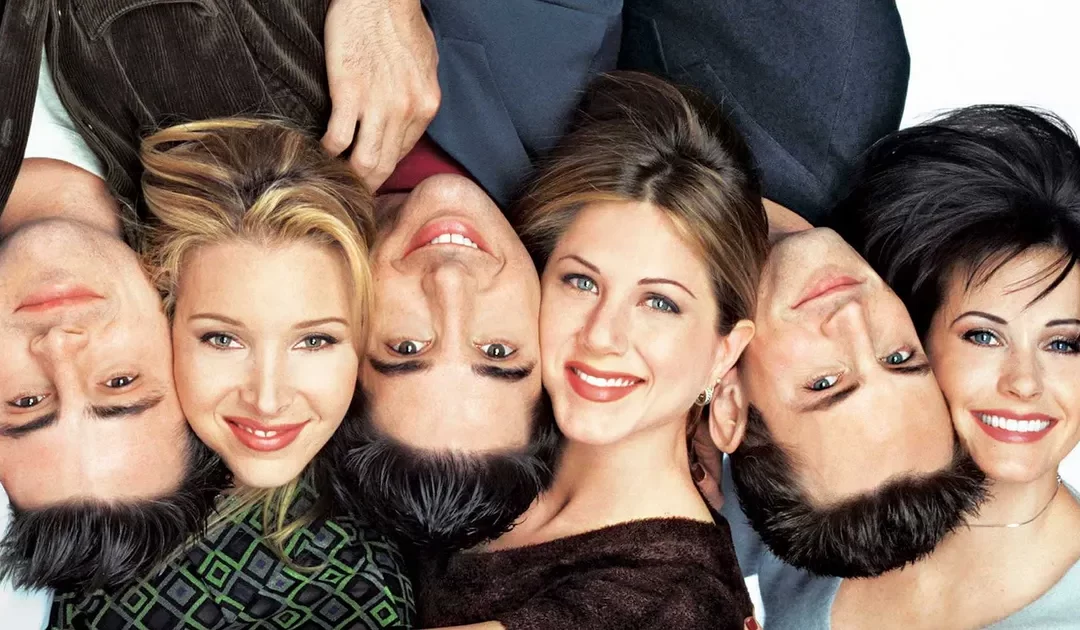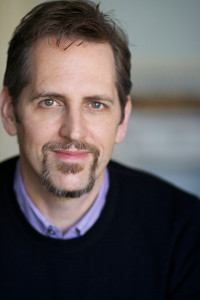I recently watched an interview with Friends co-creators David Crane and Marta Kauffman (I think it was here).
In it, Crane commented on how they had to come up with over 700 stories in their ten seasons, so inevitably, some are not going to be great.
700, you ask?
An easy Google search would tell you they produced 236 episodes. So where does he get 700?
Watch the show closely, from a writer’s perspective (not an audience member’s), analyzing what’s going on, and you’ll see.
There are 3 stories per episode.
Come again? What does that mean?
Here’s how I would define “Story” in TV: A particular character has a fresh and unique problem/goal that they spend the whole episode dealing with. As they’re actively trying to resolve it, it only complicates, before resolving in the end.
It has a minimum of three scenes: (1) establishing the problem, (2) complicating the problem at least once, and (3) resolving the problem (usually through some sort of climactic “final battle,” not so different from the third act in a feature film).
The audience is meant to relate to the “main character” of the story and take on their “point of view” because it’s told subjectively, with an emphasis on how the stakes of this story affects them emotionally, and what they’re doing to try to resolve it.
On Friends, some stories might involve a conflict between two of the six regulars, where the audience (who has grown to know each of these people well) relates to both sides, so you could say that story is experienced from two separate perspectives. It would still count as one of three.
Why is this important? Friends ended 20 years ago. Surely that model isn’t still in use today?
Ah but it is.
Analyze an episode of Succession. Or Yellowstone. Or Ted Lasso. Or… take your pick.
Three stories (or more) per episode is pretty universal. But the funny things is that this concept — so central and innate to TV writing — isn’t talked about that much. Most writers focus more on the longer arc of stories that take a whole season or even the whole series to resolve, and affect everyone in the show.
But that’s the macro view. In the micro view, actually plotting out individual episodes (including the pilot), one needs to think about which characters get stories, what those stories are about, and how the episode can feel like it has a “beginning, middle and end” to it — and thus is a satisfying hour (or half hour) for viewers.
This is true even if it’s going to end with a cliffhanger and be one “chapter” in a longer serialized story (or set of stories) that isn’t fully resolved for a whole season or many seasons. (Like, for instance, will Ross and Rachel end up together.) No matter how strong the series’ overall concept and story is, it still needs smaller stories each episode that function as subsets of the larger arcs.
For writers working professionally in TV, this concept is so basic that they don’t even think about it.
But writers working on their first TV pilots and trying to break in almost always miss this. And they approach series writing more like a feature film.
Movies often have one main character and one central story. With maybe a single B Story thrown in. They are much less likely to have three or more stories, each from a different character’s perspective. (Although they sometimes do.)
It makes sense that if you’ve studied and read about screenwriting (which is generally feature-focused), you’d approach series concepts and pilots the same way. You’d think of one main character with one main problem/goal.
You might cite Breaking Bad as a model – isn’t Walter White the main character there?
He’s definitely the most primary character. But analyze typical episodes and I think you’ll find a group of series regulars who get their own stories from episode to episode, even if Walter’s is almost always the “A Story.”
Friends has a more egalitarian approach. Although Joey and Phoebe are more likely to get the “C Story” (lightest stakes, shortest screen time), even that’s not always the case. All six friends had many stories, probably over 100 each.
This 3 stories per episode model is used in many shows. It’s probably the most common configuration, and a good default setting to work from. (Although some shows —Downton Abbey comes to mind — have many more than 3 in a typical hour.)
My main point here is this:
Don’t think of your series as being about one main character with one problem.
Think of it as being about a place, a situation and an ensemble, who form a web of conflict. Where the audience has multiple characters they can relate to, who each have big overall life problems that will never be fully solved over the course of the series. Which can be subdivided into smaller episode-long problems where they can be active in pursuing intentions in the face of obstacles. And which will be fun for the audience to watch.
Come up with at least three characters who will typically “get stories” in your show, then a list of good story ideas you could see happening on the series. Then write a pilot with three of your best stories, for three different characters. Ideally it can serve to introduce the audience to the show while also providing a strong example of a “typical episode,” and all that would make one great. So your pilot really “sells” your show.
And may I suggest “The One Where Monica Gets a Roommate” as a good model?
Your homework: check it out and note who those three main characters are, what their problem/goal is for the episode, and how it complicates/builds, and ultimately resolves in some way.
While setting the tone for the kinds of ongoing life problems (and comedic entertainment value) that will propel the series for multiple seasons…



Excellent “3 stories per episode” analysis, Eric!
I like it when the three stories overlap, or at least connect to a common theme. But as you said, it is okay if this occasionally doesn’t happen. But I would emphasize, “only occasionally!”
Apologies for misspelling “Erik”.
GREAT (as always), Erik! 😉
Thank you!
Very interesting and helpful, Eric! Indeed, I’ve never heard the formula before. I don’t watch many series, at least not entirely, but thinking of one like Downtown Abbey, it seems like the separate stories don’t even need to affect the other characters much. Or do they?
And how about mini-series, confined to 6 or 8 episodes, or less? I more often sit through those and would love to hear any insights you may have on constructing those.
I would say the stories don’t necessarily need to affect the other characters. Usually they do but sometimes not so much.
As for miniseries, my thoughts in this post would mostly still apply, although the shorter the miniseries, the closer to a “movie in multiple chapters” it might be. (Meaning less of a need for as many different characters with their own stories.)